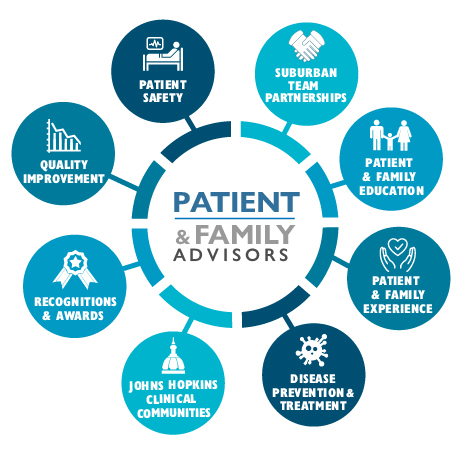CUSP stands for Comprehensive Unit-Based Safety Program. According to Johns Hopkins Medicine:
CUSP aims to improve the culture of safety while providing front-line caregivers with the tools and support they need to identify and tackle the hazards that threaten their patients at the unit or clinic level.
Developed by Johns Hopkins safety and quality researchers, the five-step program has been used to target a wide range of hazards, including patient falls, hospital-acquired infections, medication administration errors, specimen labeling errors, and teamwork and communication breakdowns.
A key element of a successful CUSP is having PFAs on every hospital CUSP team to provide the patient and family perspective. PFAs serve on Suburban’s emergency department, perioperative, intermediate care unit and nursing unit CUSP teams. PFAs played a role in reducing patient falls by providing input on patient “fall risk bracelets,” and contributed to the design of signage in the emergency department explaining the special ventilation to reduce the spread of COVID.
CUSP teams typically meet monthly. They seek clinical team input on what condition is most likely to next cause patient harm on units, and work collaboratively to address these conditions.
◄ Previous article (PFAs Work with Pharmacy & Therapeutics and Patient Education Committees on New Patient Handout)
► Home

